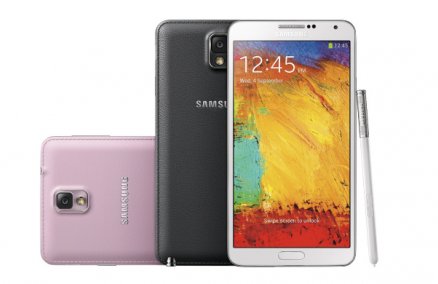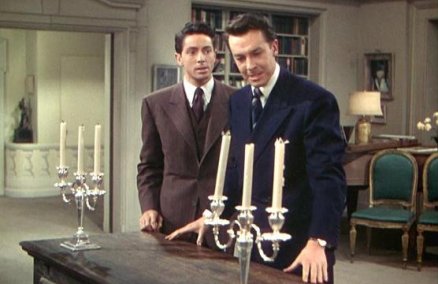Saatchi & Saatchi
Achingly cool workshop

Joel Clement, regional creative director of Saatchi & Saatchi
 What was the inspiration behind creating this office?
What was the inspiration behind creating this office?
We happened to be moving our office so we wanted to do something very different, as a signal of the renewal of the company. I’d been following a fun Thai architecture and design firm called Supermachine and told them that we had a small space, small budget, but that I wanted the most fun office in Bangkok. I want to make the staff happy, inspire creativity, and bring us all together. A few people in our office are into fixed gear bikes so I was inspired by that. Supermachine came back with great ideas that blew me away. Our reception desk is a bus with wheels you can move around. The meeting table is two tables made up of nine bicycle frames. They can move and be separated or joined together as one big meeting table. In the creative department, there is a huge wall hanging we call the “monster” which we use to put work on, but employees can use it to keep their bike accessories too. I wanted to put people’s interests into the office so they feel like they are really a part of it.
What are the employees’ favorite spots?
When we first got here, the funky living room has some good backdrops for photos and was very popular. Another one is the two individual meeting booths, they’re like café-style seating where people can sit and share ideas, have small meetings, or just have lunch. We’re also planning to make our balcony into a kind of playground where we can ride our bikes and have a weekly barbecue party.
Does it work? Is there an increase in productivity?
It does, there’s been a real difference in the energy level that our employees bring to work. For instance, we took down all the walls in the creative department because we wanted to eliminate the boundaries between people and encourage more interaction. We’ve got this energy of people shouting across tables and walking around, it has really brought us together. We get more done in a shorter time.
Location: 12 /F, Sindhorn Tower, Wireless Road
Space: 500 square meters with 600 square meter balcony
Staff: 40 people
Designed by: Supermachine Studio
Dtac
Better than Home

Vatcharapong Siripark, senior vice president of Dtac
 What was the inspiration behind creating this office?
What was the inspiration behind creating this office?
Before we moved, our offices were located in five different areas which caused problems with communication. We needed a new office to expand and combine our operations and improve our corporate culture. At the time, Chamchuree Square was the only building with enough space available, so we chose here. Our main focus was the well-being of our staff; we wanted a place that’s convenient and would improve employees’ lives by providing accommodation and entertainment. Our brief to the interior design firm, Hassel, was that we don’t want to build an office; we want to build a home. That’s why we called it Dtac House.
What are the employees’ favorite spots?
There are quite a lot. First, would be the slide by the stairs, between the 31st and 32nd floor—people love sliding down, it gets them in touch with their younger side. Second would be our library where people can come and relax, read or even borrow books, music and movies. Then there is the Recreational Room on the 38th floor, where employees can engage in many fun activities such as karaoke, yoga, fitness, aerobics, pool, indoor soccer—there’s even a two-lane indoor jogging track. We also have a bakery, coffee shop, and smoothie shop, which all come from street stalls that we asked our employees to pick. We don’t charge them rent so they can sell their goods at a cheaper price for our employees.
Does it work? Is there an increase in productivity?
Definitely, we have a yearly employee checkup where we ask our staff how happy they are working here. Before we moved, our employees were 60% happy, but after the move, our employees were 80% happy. It’s also much easier to communicate and coordinate with each other now since we’re all in one place.
Location: Chamchuri Square, L22-41
Space: 60,000 square meters
Staff: 3,000 people
Designed by: HASSELL
Sun Systems
Ultimate frat house

Nutapong Jatabut, CEO of Sun Systems
 What was the inspiration behind creating this office?
What was the inspiration behind creating this office?
We’re a software company creating software like phone top-up programs for mobile companies. We have to keep programs up and running 24/7, which means our employees have to work late. Our old office didn’t have air-con after office hours or bathrooms for those who had to stay overnight. People worked hard but they would hardly interact with each other. They just kept their eyes on their laptop screen. I wanted to break that barrier since communication is vital for a company like us. I wanted to make them happier when they’re working. Humans are the most valuable resource in this office. Creating a good programmer takes three years so we have to make them happy to work with us. An intern student introduced me to Amata Lupaiboon, a famous architecture. I told him that I wanted a fun open plan office with a bit of a bar-vibe, like “100 Ratchadamri” (now Falabella), and we got it. It’s really cool. It’s also very energy efficient. We use only 30% of the lights in here because the design allows so much natural light to get in.
What are the employees’ favorite spots in the office?
We have a little party every Friday evening on the second floor balcony: there are drinks, barbeques and games. We turn on some music, relax and just socialize. Also, there’s an antique pinball machine that employees and I love to play. Whoever gets the lowest score has to drink or receive some kind of punishment. We also have a foosball table which is quite popular. Then there are bedrooms for people to sleep over or take a quick nap.
Does it work? Is there an increase in productivity?
Yes. Employees feel that this is not an office, but something more like their own personal space. We have better communication, employees are willing to stay and work late. And as the CEO, I no longer have to monitor people individually, which can create pressure. All I have to do now is listen to people interacting, and I now know what’s going on.
Location: Ladprao Soi 1, 181 Sun One Building
Space: 1,200 square meters
Staff: 50 people
Designed by: Amata Lupaiboon, Department of Architecture
Boon Design
Sustainably stylish studio

Boonlert Hemvijitraphan, architect, head of Boon Design
 What was the inspiration behind this office?
What was the inspiration behind this office?
Our old office was in a shophouse. It was dull and square. It’s not a good place to have an architecture firm. An office should reflect your skill and identity, so I decided to build a new place. My original idea was that I wanted to build an office from things that are leftover. So I went to a junkyard where they sell containers. At first I thought I’d buy only one or two containers but when I saw so many in one place, I felt I wanted to make it even better. I ended up buying eight containers. I designed this office by myself. I put space and added value as the core of the design with one belief, “Everything is possible.” I stacked the containers together to create central space, and the second floor was designed as a working environment.
What are employees’ favorite spots in the office?
That would be the main hall, due to its multi-functional use. There is a bar counter and a dining table where they can sit and relax. The bar counter doesn’t have booze or coffee yet but we plan to do that. We always have a small party to celebrate every project that we finish. I also plan to do a meditation course for those who are interested because I think it’s a good way to put your life in balance. I won’t force anyone; it’s up to them. I also invite architects from other offices to come here and exchange ideas too.
Does it work? Is there an increase in productivity?
It’s really helped for our image that we can show our office as the symbol of an architecture company that can be whatever you want it to be. For my employees, I’ve never asked them directly about this place but I kind of see their relaxed expressions. It’s hard to evaluate the productivity. I’ve tried to highlight that this is not just a place where anyone can work—you have to have talent—and this is what I can provide for talented people like them.
Location: 113 Praditmanutham 19, Ladprao
Space: 500 square meters
Staff: 10 people
Designed by: Boonlert Hemvijitraphan
Ensogo
Playground for grown-ups

Tom Srivorakul, CEO and Co-Founder of Ensogo Thailand
 What was the inspiration behind creating this office?
What was the inspiration behind creating this office?
We are one of the fastest growing companies in Thailand, going from just five staff to 220 in one year. When we moved our office, we wanted to make it a happy place for our employees. The average age of our staff is just 27 years old, so they are all young, creative and dynamic. While our office might not look particularly fancy we really focused on making sure our staff would have as much fun as possible. That’s why we created the game zone, which houses a pool table, table tennis and a giant LCD screen with an X-Box, Wii and PlayStation for staff to play games whenever they want. We also have added-value services for staff like free lunches, a fruit buffet, free massage and yoga classes. We also run a lot of in-house competitions, activities where they can play together like pool competitions, selling food for charity or even a dress-up challenge. We also have a balcony where they can have a small party every night. That’s awesome.
What are the employees’ favorite spots in the office?
I think it might be our game zone but also the balcony space where they can hang out after a day at work.
Does it work? Is there an increase in productivity?
Definitely. I have run three other businesses before I founded Ensogo, and this is the first company where I don’t have to ask employees to stay late! They volunteer to do it themselves. Our appeal and kudos grows too. The pride in working here has grown a lot: they are proud to tell everyone they work with Ensogo. The office makes them relaxed so they’re happy to stay late and work. We work hard but we play harder.
Location: 10/F, Abdulrahim Place, Rama 4 Rd.
Space: 1,000 square meters
Staff: 220 people
Designed by: Ensogo











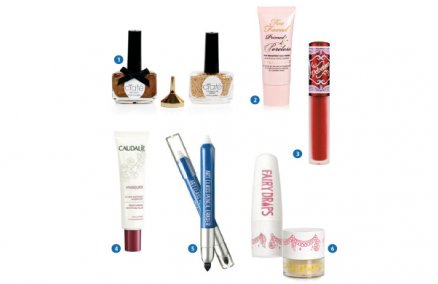
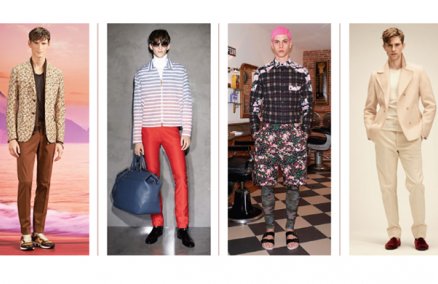





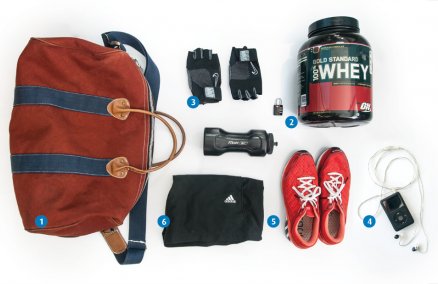

 What was the inspiration behind creating this office?
What was the inspiration behind creating this office?
 What was the inspiration behind creating this office?
What was the inspiration behind creating this office?
 What was the inspiration behind creating this office?
What was the inspiration behind creating this office?
 What was the inspiration behind this office?
What was the inspiration behind this office?
 What was the inspiration behind creating this office?
What was the inspiration behind creating this office?




